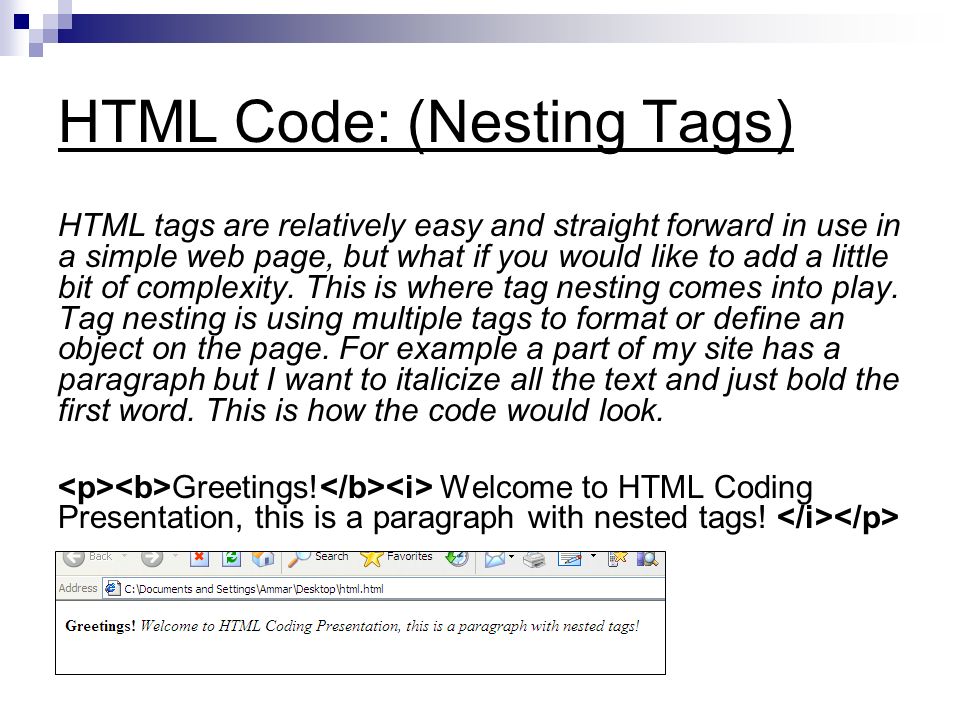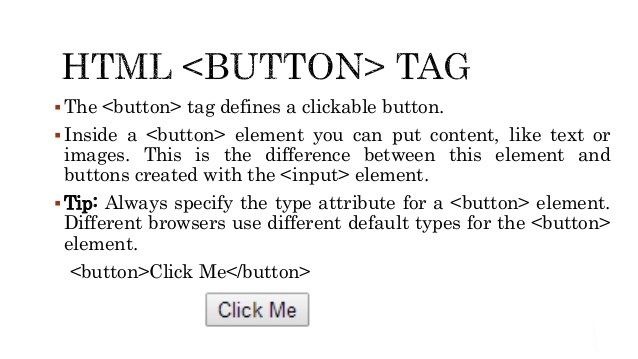HTML Plug-ins
The purpose of a plug-in is to extend the functionality of a web browser.
HTML Helpers (Plug-ins)
Helper applications (plug-ins) are computer programs that extend the standard functionality of a web browser.
Examples of well-known plug-ins are Java applets.
Plug-ins can be added to web pages with the <object> tag or the <embed> tag.
Plug-ins can be used for many purposes: display maps, scan for viruses, verify your bank id, etc.
To display video and audio: Use the <video> and <audio> tags.
The <object> Element
The <object> element is supported by all browsers.
The <object> element defines an embedded object within an HTML document.
It is used to embed plug-ins (like Java applets, PDF readers, Flash Players) in web pages.
Example
The <object> element can also be used to include HTML in HTML:
Example
Or images if you like:
Example
The <embed> Element
The <embed> element is supported in all major browsers.
The <embed> element also defines an embedded object within an HTML document.
Web browsers have supported the <embed> element for a long time. However, it has not been a part of the HTML specification before HTML5.
Example
Note that the <embed> element does not have a closing tag. It can not contain alternative text.
The <embed> element can also be used to include HTML in HTML:
Example
Or images if you like:







Leave A Comment